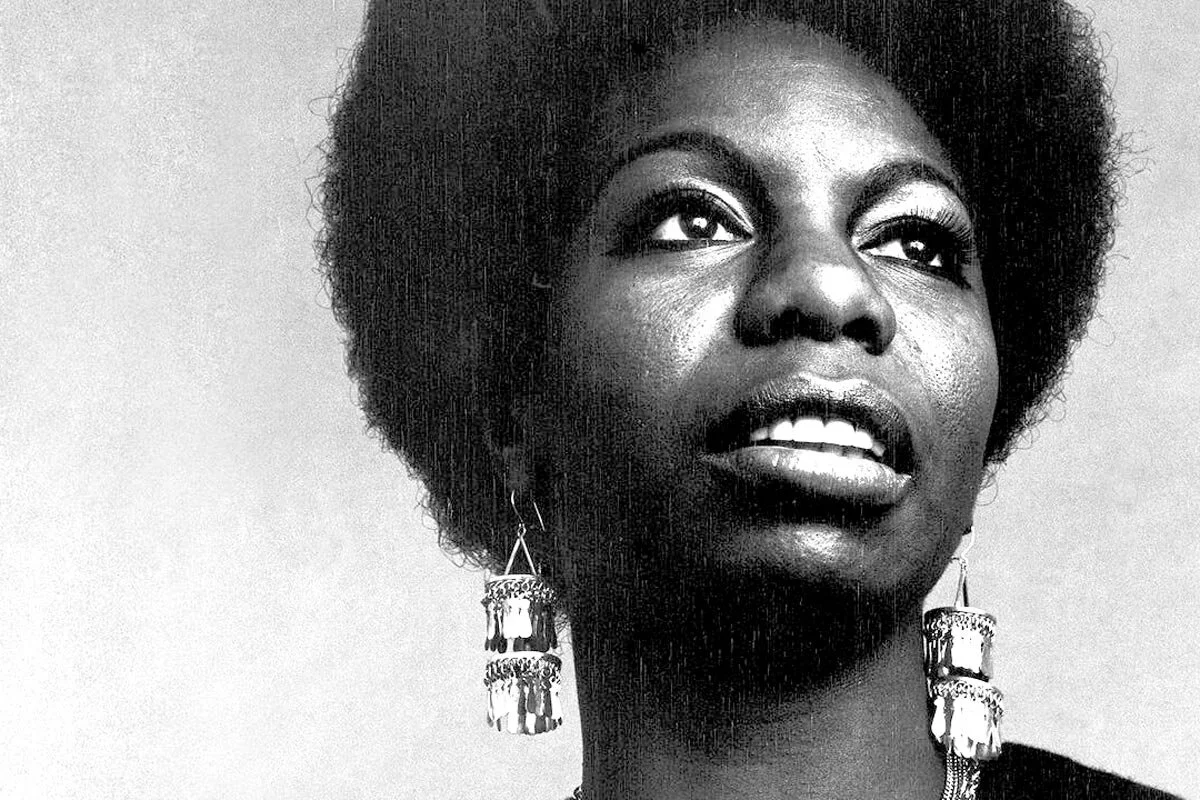The Irresistible Appeal of K-Pop
Say what you will, but the power of Hallyu or Korean Wave is undeniably real. A term that originated in China, Hallyu, collectively refers to South Korean pop culture’s mind-blowing growth. At its core is a delightfully intricate phenomenon, the draw of which remains mysterious to many—K-Pop.
Having had friends who were self-professed K-Pop “stans,” I believed for a long time that I would be “immune” to K-Pop. It was never a matter of dislike. The songs were a hell of a bop, the dance powerful, and the music videos extremely high-concept. While the number of my friends who lost their minds to the genre endeared and amused me, it just wasn’t for me.
And then a global pandemic hit, and K-Pop became a comfort. While it had started with music, in no time, I was neck-deep in interviews, learning the names of members, and convulsing with laughter while watching the variety shows. Getting through reality was a little easier, and there was no turning back.
April 1992: K-Pop is born
Unlike most genres, K-Pop is unique because it has a definitive start date and identifiable founding members. On April 11th, 1992 experimental group Seo Taiji and Boys performed their single “Nan Arayo” (“I Know”) on a talent show. But win prestigious accolades they did not. It was not the best start of a genre: they suffered a stinging defeat and had the lowest score of the night.
While critics dismissed them, the public had heard enough. “Nan Arayo” went on to have the longest No. 1 streak in the history of Korean music charts, a feat that remained untouched for 15 years. And just like that, K-Pop came to be.
In a society where young people felt suffocated, Seo Taiji and Boys’ appeal lay in their acts of defiance. Singing about the pressures of growing up in a system designed to crush them, they rebelled against the status quo and even dared to criticize their government. Seo Taiji and Boys produced their own music and changed the landscape of music and performance to their taste. People took to them like flies to honey, and soon others wanted to cash in on the success. The doors of opportunities opened to other studios, and “Idol Culture” was born.
The express evolution of K-Pop
K-Pop has mastered the art of genre-mixing and is nothing short of refined art that has its foundations in astounding production levels. However, in the K-Pop universe, addictive earworms aren’t the only alluring element.
Each member has a specific responsibility to fulfil, whether it’s the role of leader, rapper, dancer, or “visual” (the group’s face). Together, they contribute to meticulously choreographed performances, intricately designed video concepts, story universes, stunning visuals, and even rapid hair evolutions that add to the captivating pull of K-Pop.
While K-Pop was always dizzyingly popular all over Asia, the rest of the world was slower with the uptake. That is, until PSY arrived on the scene with “Gangnam Style.”
Amusingly, “Gangnam Style” was so far from the polished world of sophisticated idols. Insanely catchy lyrics paired with a bizarre enough music video jolted whole geographical areas into sitting up, paying attention, and going into a frenzy looking for more from PSY. In doing so, they discovered an entire other industry where there truly is something for everyone.
If PSY was the opening act, then Bangtan Sonyeondan or BTS are the headliners for K-Pop to the rest of the world. That isn’t to say that they overshadow other groups. Still, their meteoric rise to fame, coupled with the enthusiasm of their fanbase forced even the most traditional of Western-media outlets to shine a spotlight on them.
With their charming honesty, socially conscious lyrics, the courage to be vulnerable in their songs, concepts, and interviews, and their emphases on mental health and self-love, BTS are heroes to their ever-growing ARMY. Receiving the blessings of Seo Taiji himself, who deemed them his successors that carry the soul of his artistic intentions, BTS have raised the standards of K-Pop to the world. They’ve got the Grammy nomination to prove it.
K-Pop stans are *the* STANS
Undoubtedly, one of the pillars of K-Pop is its fan culture. All talented artists have fans, but the relationship between idols and their fans are more complex than in Western culture.
When stepping into K-Pop fandom, the excitement you are immediately hit with is akin to getting pulled into a chaotic but immensely pleasant tornado of playfulness, exhilaration, and passion. Due to K-Pop groups and fans’ increased social media presence, idols are never too far away. With variety shows giving you a bigger glimpse into who idols are, whether they’re cooking (with disastrous results), engaging in ridiculous obstacle courses, and doing absurd challenges for their fans’ amusement, the bond between fans and idols are intimate and even tender.
Artists never miss the opportunity to show their love for fans, are affectionate to a fault, frequently interact with them on platforms like Weverse and Vlive, and even go as far as getting tattoos for fans as a sign of devotion.
Fans, in turn, are fiercely loyal and protective and how their love manifests is often eyebrow-raising, but heartwarming. Of course, fan-wars, overzealousness, and toxicity are present, but the less said about that the better. From planting mini-forests to collecting aid for communities affected by natural disasters and fighting racist hashtags by calmly flooding them with fan-cams of their idols, K-Pop stans make the world just a little brighter, lighter, and better.
Ascending into the mainstream at breakneck speed, K-Pop is no longer just a “novelty.” Regardless of language barriers, groups like Blackpink and BTSsell out international stadiums within minutes and are continually evolving and innovating on the global stage. For me though, the best part of K-Pop isn’t the glitz and glam, it’s the fact that it opens the doors of culture to so many across the world. Bound by the threads of music, people are listening, understanding, and learning in a larger, more profound way. K-Pop isn’t going anywhere anytime soon, and it might just make a believer out of you.
Parvathy Suresh Kumar is an unabashed fangirl who spends most of her time daydreaming about fictional people, reading, and obsessing over cinema. Passionate about mental health, pop culture, and food, she is currently in the midst of figuring out this "adulting" business. When she hasn't got her head up in the clouds, she can be found writing about things she loves, converting friends into fangirls, and working towards becoming a clinical psychologist.











